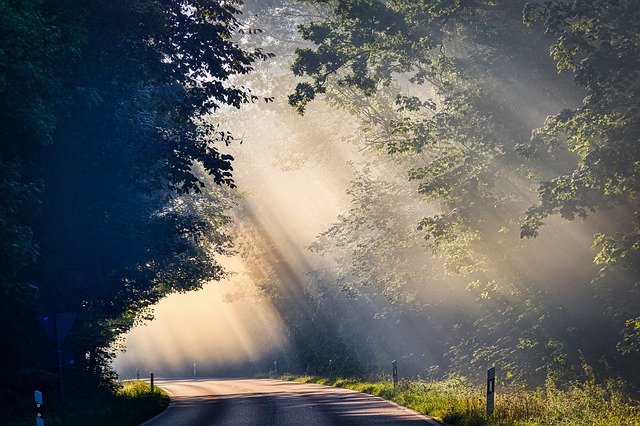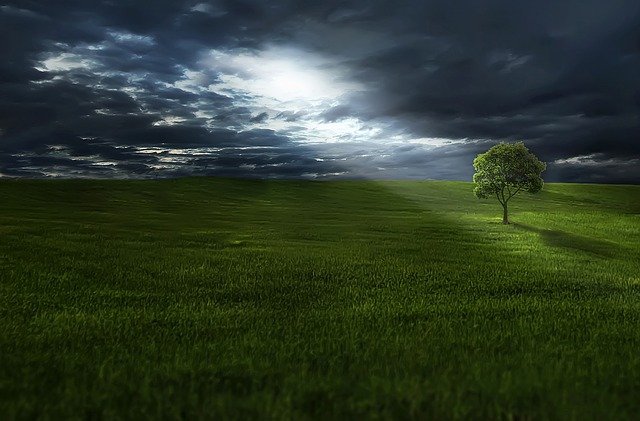For some, landscaping can be a simple touch up job that slightly improves the overall look of a home. For others, it can be a science and a complete work of art, as they use advanced ideas and techniques, to make their home look like a masterpiece. No matter what type of landscaping you prefer, the article that follows offers some great ways to maximize your results.
Consider using granite for surfaces on outdoor kitchen areas you may be planning to add to your landscaping. While it may cost less with marble or a similar material, granite is good because you place very hot things on it and does not require much maintenance.
Get the most out of your landscaping efforts by creating a multi-seasonal garden. Consider using plants that have different seasons for blooming so that you have color year round in your geographic location. Evergreen trees and exotic tree species with notable foliage can also help preserve your landscape’s year-round appeal.
Landscaping is more than just planting flowers, grasses and trees. Including wood, iron or cement structures in your landscaping design can add both substance and texture. Pergolas, decks, birdbaths and archways create attractive and complex looks with beauty and visual interest. You can purchase less expensive or more expensive versions of these elements, depending on your budget.
Consulting with a professional up front, before beginning your project, can save you time and money, even if you plan to do the work yourself. You don’t have to hire them to do any of the heavy lifting, but their expertise can help you save money by avoiding the common mistakes many do-it-yourselfers face. This is a crucial part of your plan, especially if you are not an experienced landscaper.
Branch out and include more than one or two kinds of plants when you plan your landscaping. This will give you greater protection in the case of disease or damaging insects. If you only use one type of plant in your yard, they will most likely all be lost. Plant health can often depend on diversity when you are planning your yard.
Wildflowers are an inexpensive way to add color to your yard or garden. You can find wildflower seeds at most home improvement stores. Just scatter them over a large area or anywhere that is difficult to plant. You will end up with a lush garden, full of flowering plants in a rainbow of colors! They will be great for bouquets!
Next time you mow the lawn, consider leaving the cut grass where it falls. The grass will add nutrients as it decomposes, so you won’t have to use as much fertilizer to keep your lawn healthy.
Plan a yard and garden that will continue to be beautiful throughout the year. Choose a variety of plants that will provide blossoms in each season of the year. Remember to add some evergreens to help your yard maintain a festive appearance throughout the winter. Keeping your yard looking good all year is achieved by carefully choosing the right plants.
Using peat moss is a very good way to ensure that your plants survive. It provides them with nutrients which the soil typically lacks on its own. It can also make your landscaping look more attractive by adding a little contrast to it.

If you’ve got a big shade tree in the yard, it won’t be easy to put flowers underneath. You may want to consider using ground cover instead. This type of plant is simple to take care of and almost impossible to kill. Consider hosta or sweet woodruff as ground covers for your trees.
When taking on a landscaping project on your own, be sure to diligently estimate your costs. Plan out your entire project, writing down a list containing everything you are going to need. Then, consider where you ought to purchase everything you need. You don’t want to overspend, and that can happen easily since different stores can vary wildly in price depending on where they are located. Do your homework to find out where you can buy plants for less, such as wholesale nurseries or plant marts in downtown areas.
Consider using mulch with your flowerbeds. Mulch allows your plants to retain moisture which can be particularly helpful if you live in an area where heat is a major concern. Mulch helps you get the most bang for your water dollar.
Require Less
Native plants are your best friend if you want a landscape that’s easier to maintain. Plants that are naturally comfortable in your region will certainly require less attention than those that are not. Local plants are also adapted to your local rainfall so they will require less watering, and thus, will lower your water bill.
Remember your climate when you begin to landscape your home. Don’t feel tempted to try plants that thrive in conditions your climate does not offer. Your choices when it comes to plants should be fully based on the weather in your area.
Be sure to consider what type of soil is on your property before you begin any landscaping project. Some plants might not grow well in a certain type of soil. If you find that your soil is limiting you, consider replacing it or creating beds with mulch and wood chips.
If you are working with larger plants, know that they tend to cast a shadow. This can be helpful when trying to protect your patio or house from the sun during the summer months. Just be cautious as these shadows can block sunlight from any smaller plants.
Study as many techniques for designing your landscapes as you can so that you can learn as much as possible. Anchor plants should be used, or perhaps a plant that you will use as a staple of your design throughout. Continuity is created this way. You also want to look into the textures of your plants, this can help your design have variety. Many books that are published on landscaping can give you some direction as well.
Landscaping means a different thing to different people, that’s just how it works. Some think it’s a quick fix up, while some think it’s an in depth and artistic endeavor. The tips above will make whatever landscaping projects you do look beautiful.

